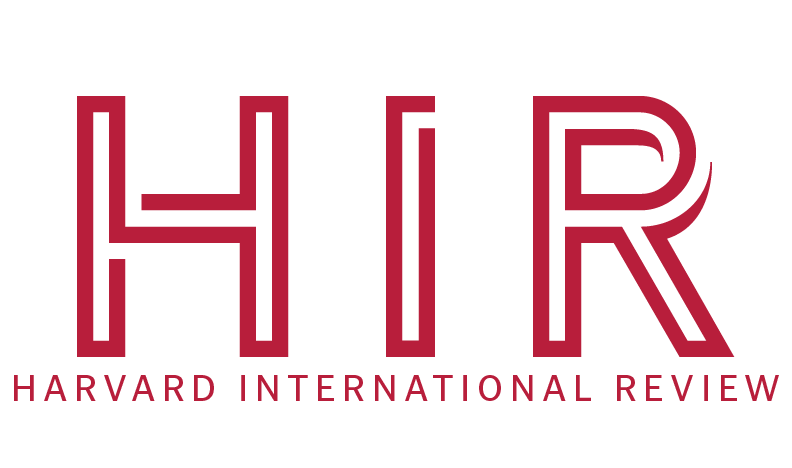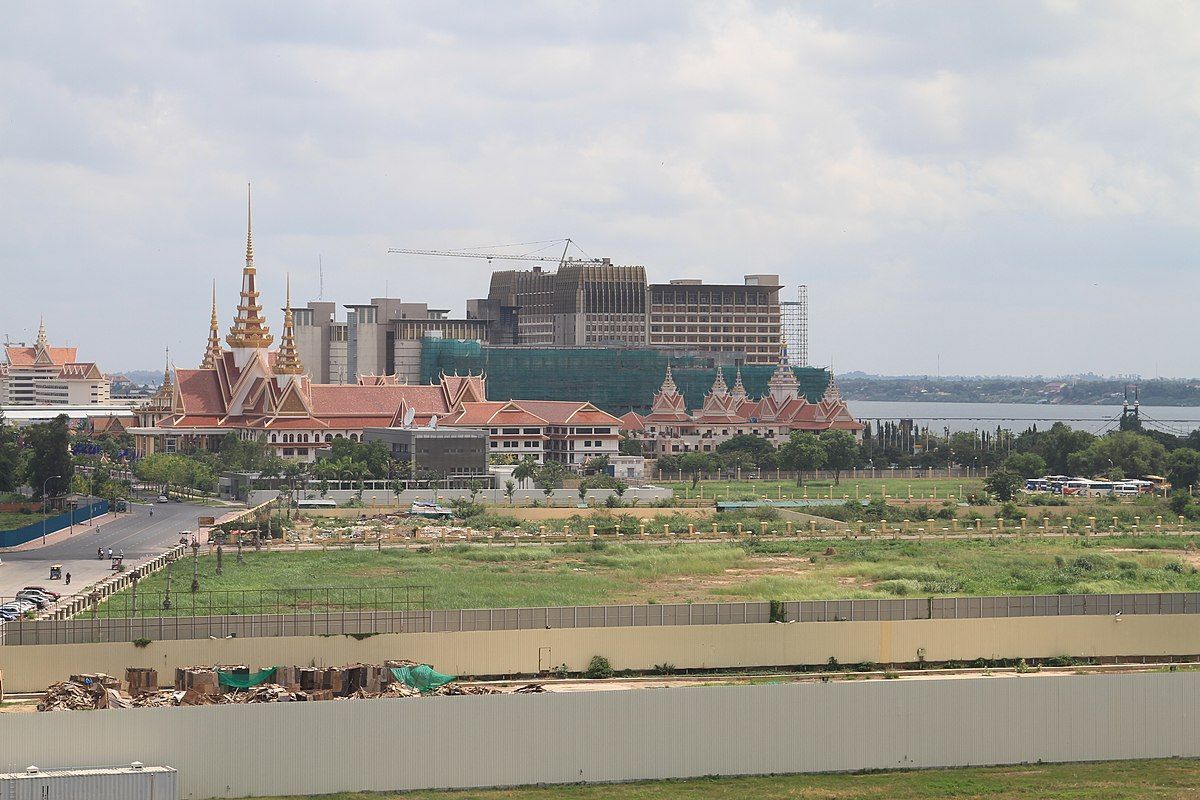The rise of far-right politicians to power has considerably increased over the past few years across most developed democracies. In Europe, for example, the prominence of Alternative for Germany (AfD) and France’s National Rally has increased radically, winning parliamentary and state elections. Much of their success is owed to young male voters who make up a significant portion of their constituencies.
This pattern has become more widespread with the recent wins of right-wing politicians, disrupting the voting behavioral patterns of the younger generations, generally predicting increased liberalism, as presented by scholars over the last decades. In 1993, Ronald Inglehart stated that each generation would be increasingly more progressive, due to significant cultural value changes that were occurring as the younger generation’s power increased in the 1970s and 1980s.
What is shaping these preference changes among the younger voting cohorts? More specifically, why is the turn away from liberalism more prominent amongst men? Looking at the changes in demographics, education, and civic participation, it is crucial to understand the factors behind the slower pace of liberalization among this younger generation, who, in theory, should be the most liberal in Western history.
Who are the young men and what is happening?
Based on past precedent, it would likely be assumed that the post-millennial cohort—children born after 1996—would be the most liberal across western democracies. Instead, we have seen a mix in the liberalization of the youngest voting generation to this day, Gen Z, with men and women of the same age thinking very differently.
This difference between gender cohorts in the post-millennial era could be partially explained by social capital—the degree of accumulation that someone might have in “generalized trust, norms of reciprocity, and networks.” This idea was initially developed by Alexis de Tocqueville in the late 18th century, who explained that the key to the success of American democracy had been the “social interaction and the exercise of organizational skills [that had] widened the cultural horizons.” Robert Putnam progressed this concept forward with his analysis of civil society and its positive effects on maintaining cohesive communities.
These findings also put a lot of weight on social connections to maintain strong democracies. Thus, the decline of male participation in extracurricular activities, religious communities, and competitive sports raises alarms to the stability of U.S. society. Yet, social capital does not seem to be decreasing among women who experience formative political experiences at a much greater rate.
One clear measure of social capital is access to higher education. It has been found that the value of a college degree lies in the social relationships people establish rather than the skills to enter the workforce. Thus, people with college degrees are widely considered to be the population with the higher social capital due to this combination of support, information, power, and resources that such education provides through increased mobility.
However, educational attainment has started to look different for men and women. In 2011, the US Department of Labor reported the highest college attendance rate in the country’s history with 68.3 percent of recent high school graduates attending college. However, in 2023, the Pew Research Center announced that there were 1.2 million fewer people enrolled in school compared to the 2011 peak. This decrease was higher among male students. In 2022, only 39 percent of male high school graduates enrolled in college compared to 47 percent in 2011. In comparison, 48 percent of women high school graduates were enrolled in college in 2022, down from 52 percent in 2011.
Additionally, in 2019, the Pew Research Center found that post-millennial voters in the United States tended to present similar liberal values as millennials on both social and political issues. However, in the most recent elections, fewer young people voted for democratic candidate Vice President Kamala Harris. This comes as a puzzle to years of precedent, given that the post-millennial cohort was described as the most diverse, most-educated generation yet, with 59 percent pursuing a college degree and 43 percent having at least one college-educated parent. Nonetheless, Gallup found that this decrease in liberalization is not the same across the board—men have steadily remained more conservative for the last two decades while women have become more liberal.
Moreover, the Survey Center on American Life has proposed that women are becoming more liberal due to new experiences and social networks that differentiate them, such as the #MeToo feminist movement and the later Dobbs v. Jackson Supreme Court decision. Youth organizations, sports, and social movements can help younger cohorts socialize with views different from their families, broadening their spectrum and shaping their political views to be more liberal. However, participation in these activities is decreasing among boys, which might explain their decrease on liberal attitudes.
Europe’s Experience
This trend has not only surfaced in the United States but also across Europe. In Belgium, Germany, and Finland, young men increasingly support right-wing parties, which are typically both anti-immigrant and anti-establishment, while women support more left-wing parties.
Looking at Germany, the gender gap in bachelor's degrees has also begun to show. Germany has been one of the countries with the highest young male support towards the far-right. In the last party preference survey, the far-right AfD saw support increase from 5.7 percent in 2022 to 14.5 percent in 2024. The gap between genders was clear with women backing the Greens and other left-leaning parties at higher rates while men supported AfD.
However, the United Kingdom reveals a different story. Even though there's still a gender ideology gap, liberalism overall has not decreased. Instead, the younger cohort has become increasingly liberal since 1986. 37.5 percent of UK high school graduates went to college in 2022, the highest ever rate, keeping up with a steady college enrollment 20 years compared to their US counterparts. Yet, in 2023, the United Kingdom also witnessed a slight drop in its rate, back down to 35.8 percent. Both trends might go hand in hand with the 2024 election results, where gender disparity was smaller than in other European counterparts and 18 to 24-year-olds tended to vote for the left-leaning parties.
However, most of this phenomenon can be attributed to the abstention vote among youth. The London School of Economics found that most of the young voters are highly educated and have rising concerns about the economy, leading them to the Labour Party instead of Reform, which has focused on older generations. The structure of the United Kingdom’s far-right party is a plausible explanation for the lower commitment of the British youth to support their policies.
Beyond Europe and the United States
Even though it is still hard to pinpoint exactly why young men have migrated to the far-right, there is no denying that the younger generation supports more conservative candidates. For example, Javier Milei’s rise in Argentina shows the rising desire of young Latin American voters to see the right-leaning parties come back to power from years of a rising “pink tide” or so-called left-wing resurgence In South Korea, the gender gap is also visible, with experts saying that this is more due to economic stability than a decrease in liberal values themselves.
These trends will affect the composition of the geopolitical landscape as more countries turn to the far-right for their solutions to the globalization crisis—anti-immigration and nationalist views. These stances could also put into jeopardy long-standing institutions such as the United Nations, which requires constant international cooperation and vigilance to function properly. It is still uncertain what might happen across the Western democracies as liberalism seems to be slowly decreasing.





